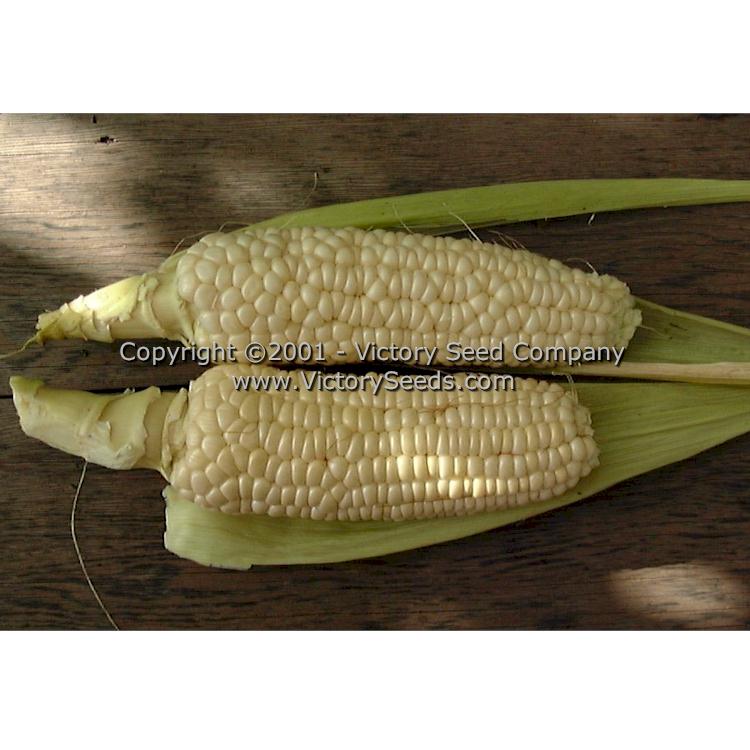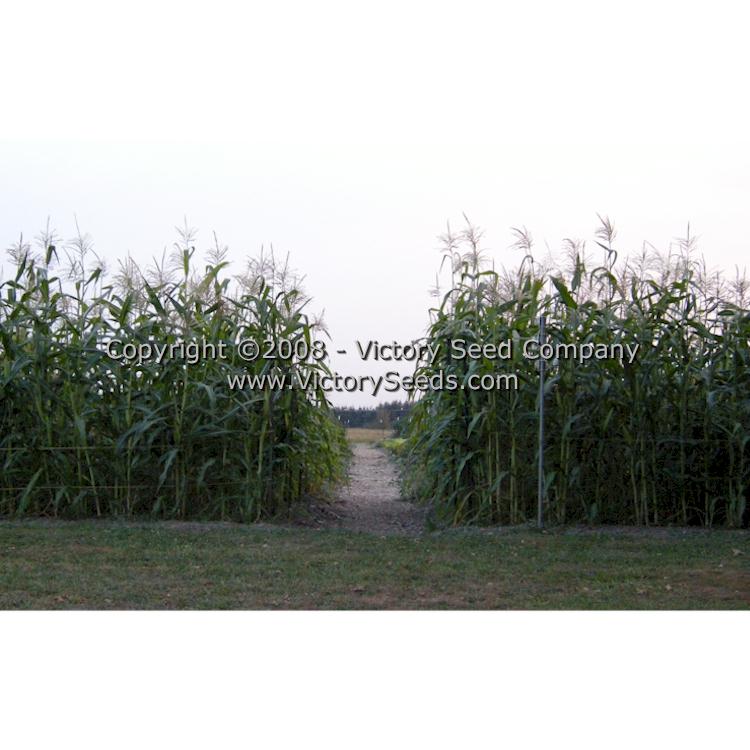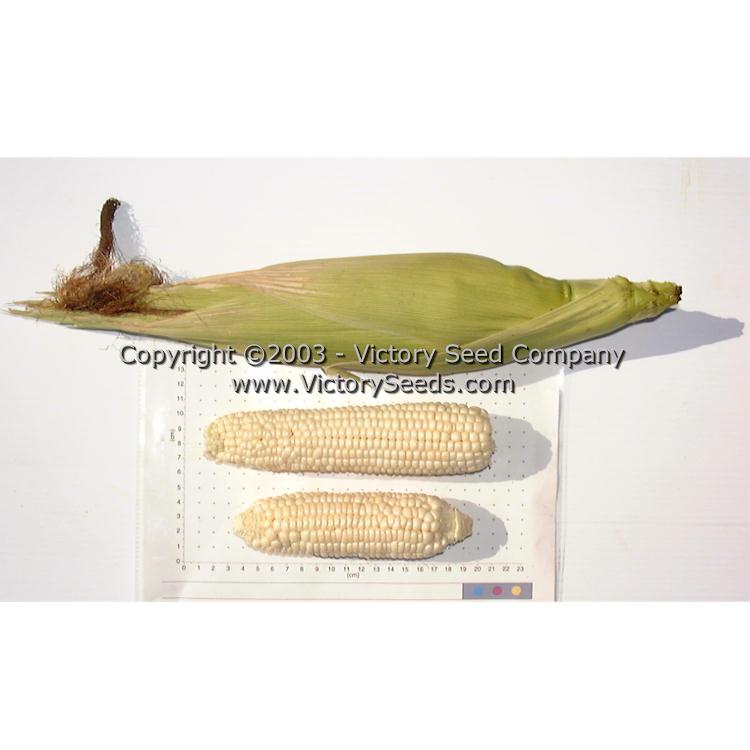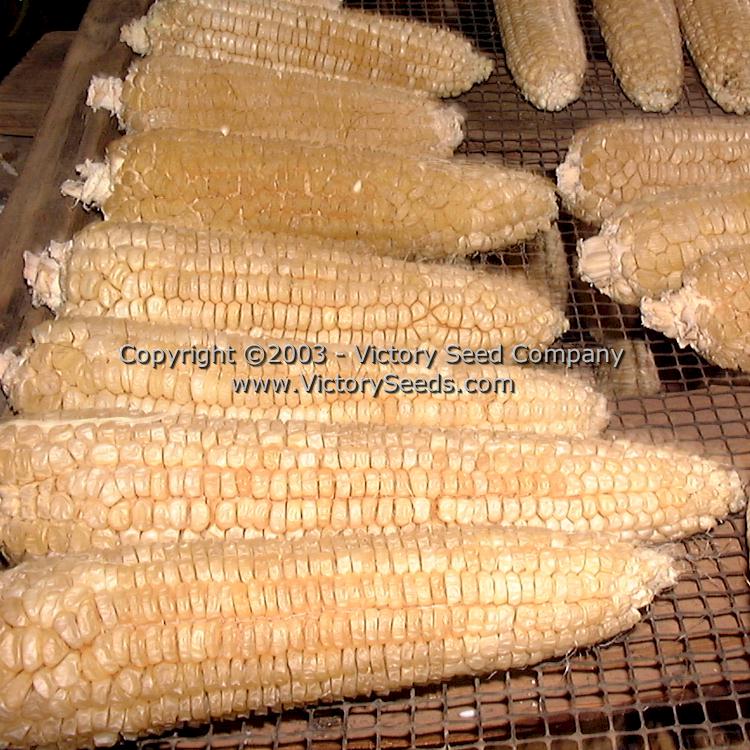Stowell's Evergreen Sweet Corn
Stowell's Evergreen Sweet Corn
Regular price
$3.00 USD
Regular price
Sale price
$3.00 USD
Unit price
per
Shipping calculated at checkout.
Couldn't load pickup availability
Stowell's Evergreen 
Sweet Corn
Sweet Corn
95 days — 'Stowell's Evergreen' sweet corn is one of the oldest, if not the oldest, named sweet corn varieties in existence. It is a late season variety, that yields eight-inch long ears that each produce anywhere from ten to fourteen rows of sweet, white, tender kernels. It keeps longer than most, which makes it one of the best heirloom varieties for the table, canning, and freezing.
Because these excellent traits, it has been a home garden and market grower favorite sweet corn variety since Nathan Stowell of Burlington, New Jersey first began sharing his creation in 1848. Mr. Stowell developed 'Stowell's Evergreen' from a stabilized cross between a now presumed extinct "soft corn" called 'Menomony' and another extinct variety simply called, 'Northern Sugar'.[1,2]
In his announcement of Stowell's new corn variety in the November, 1850 edition of the Working Farmer magazine, Prof. James J. Mapes exclaimed:
Because these excellent traits, it has been a home garden and market grower favorite sweet corn variety since Nathan Stowell of Burlington, New Jersey first began sharing his creation in 1848. Mr. Stowell developed 'Stowell's Evergreen' from a stabilized cross between a now presumed extinct "soft corn" called 'Menomony' and another extinct variety simply called, 'Northern Sugar'.[1,2]
In his announcement of Stowell's new corn variety in the November, 1850 edition of the Working Farmer magazine, Prof. James J. Mapes exclaimed:
"This is a new sort, and is every way superior to any other we have seen, for after being pulled from the ground the stalks may be placed in a dry cool place, free from moisture, frost, or violent currents of air, (to prevent drying) and the grains will remain full and milky for many months. Or, the ears may be pulled in August, and by tying a string loosely around the small end, to prevent the husks from drying away from the ears, they may be laid on shelves and kept moist and suitable for boiling, for a year or more."[1]
This does not sound like a practice we will be attempting to test any time soon, I cannot imagine that mold or other issues would not become a problem, but it does capture how excited Mr. Mapes was about sharing this new type of corn with his readership. We are not yet sure when it was first commercially listed by a seed company, but by the late 1850s, most seedmen of the era were offering it. A few examples include, J. M. Thorburn & Co. in 1856, Bernard McMahon's in 1857, Robert Buist in 1859, Hovey & Co. in 1859, and R. H. Allen & Co. in 1860. Each ounce is approximately 100 seeds.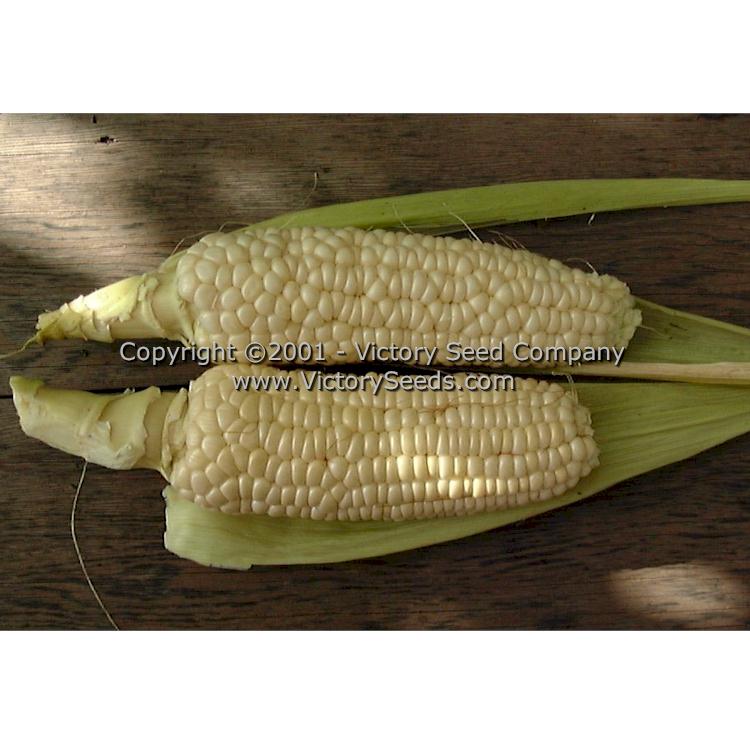
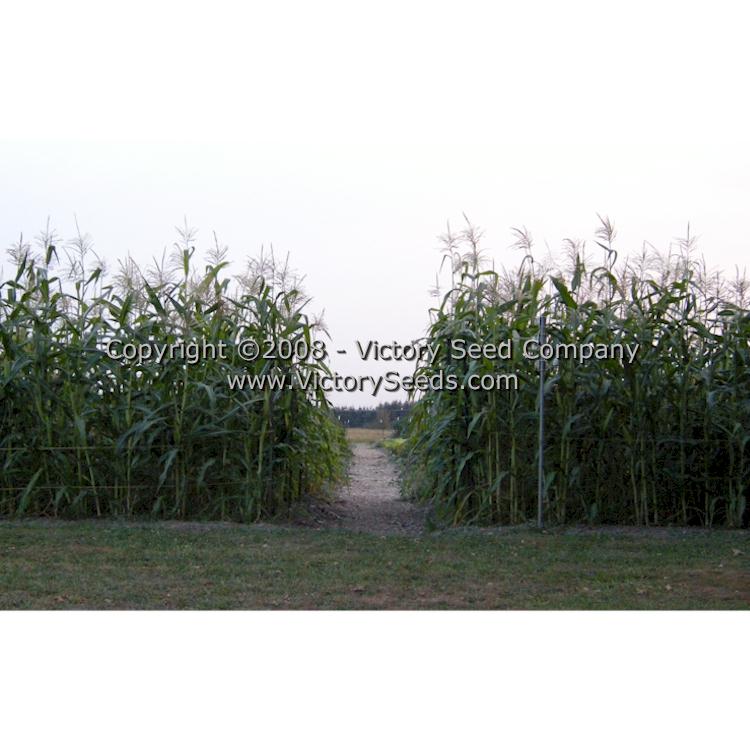
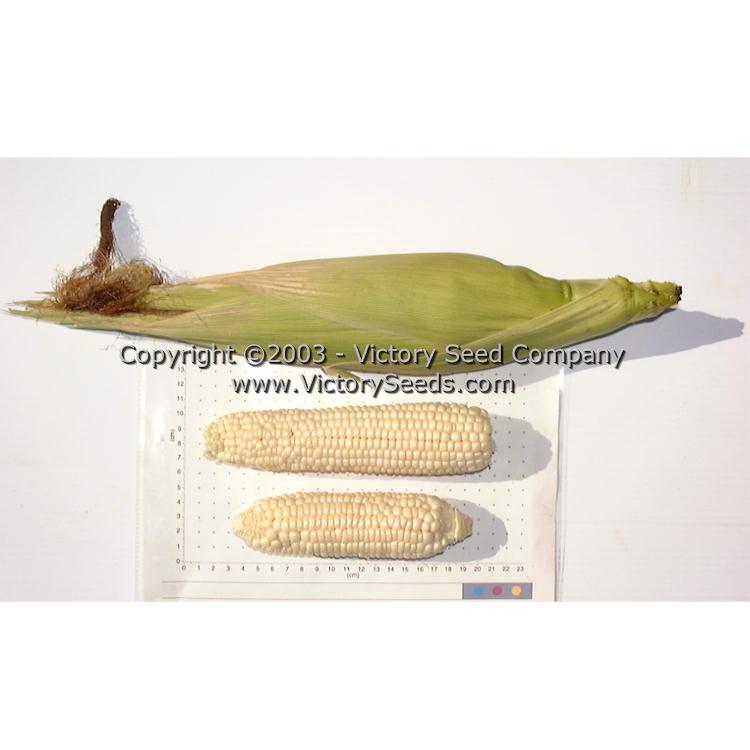
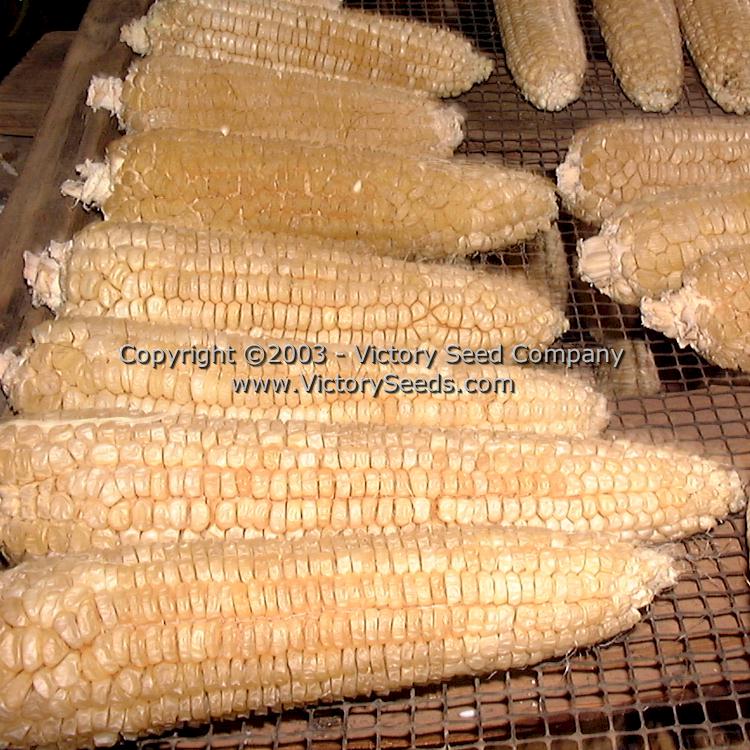
Planting Instructions:
Soil must be at least 65ºF to germinate. Be patient and do not plant too early or you will waste a lot of seed! Plant in full sun and keep it watered. Corn is a wind-pollinated plant. Plant in blocks several rows wide to ensure full ears.
Sow seeds about 1½ to 2½ inch deep, 3 to 4 inches apart, in rows spaced 24 to 30 inches apart. Thin to 6 to 12 inches apart.
Sow seeds about 1½ to 2½ inch deep, 3 to 4 inches apart, in rows spaced 24 to 30 inches apart. Thin to 6 to 12 inches apart.
Informational References:
- "Working Farmer," James J. Mapes, New York, Volume 2, Number 9, November 1, 1850, page 231.
- "Vegetables of New York: Sweet Corn," New York Agricultural Experiment Station, 1934, p.65-66.
Explore our vegetable collections:
[ Artichokes | Asparagus | Beans | Beets | Broccoli | Sorghums | Brussels Sprouts | Cabbage | Cantaloupe | Carrots | Cauliflower | Celery | Collard Greens | Corn | Cucumber | Eggplant | Endives | Gourds | Kale | Kohlrabi | Leeks | Lettuce | Mesclun Mix | Mustard Greens | Okra | Onions | Parsley | Edible Pod Peas | Garden Peas | South Peas | Hot Peppers | Mild Peppers | Pumpkins | Radishes | Rapini | Rhubarb | Salad Greens | Salsify | Summer Squash | Winter Squash | Swiss Chard | Tomatillo | Tomatoes | Dwarf Tomato Project | Turnips | Watermelons ]

